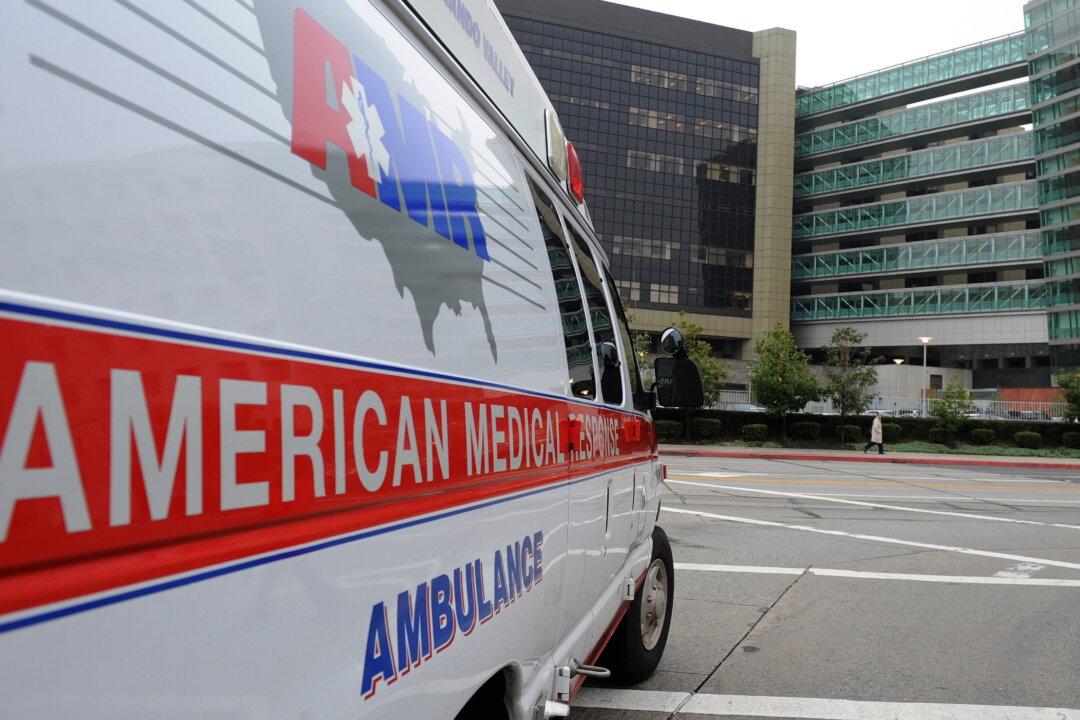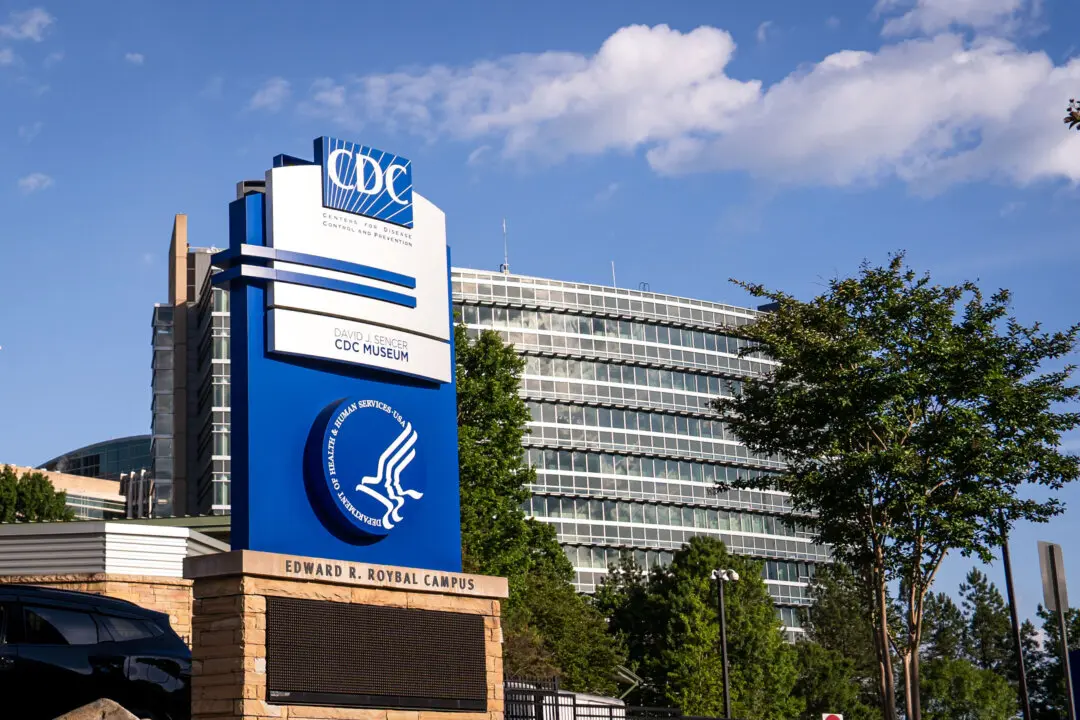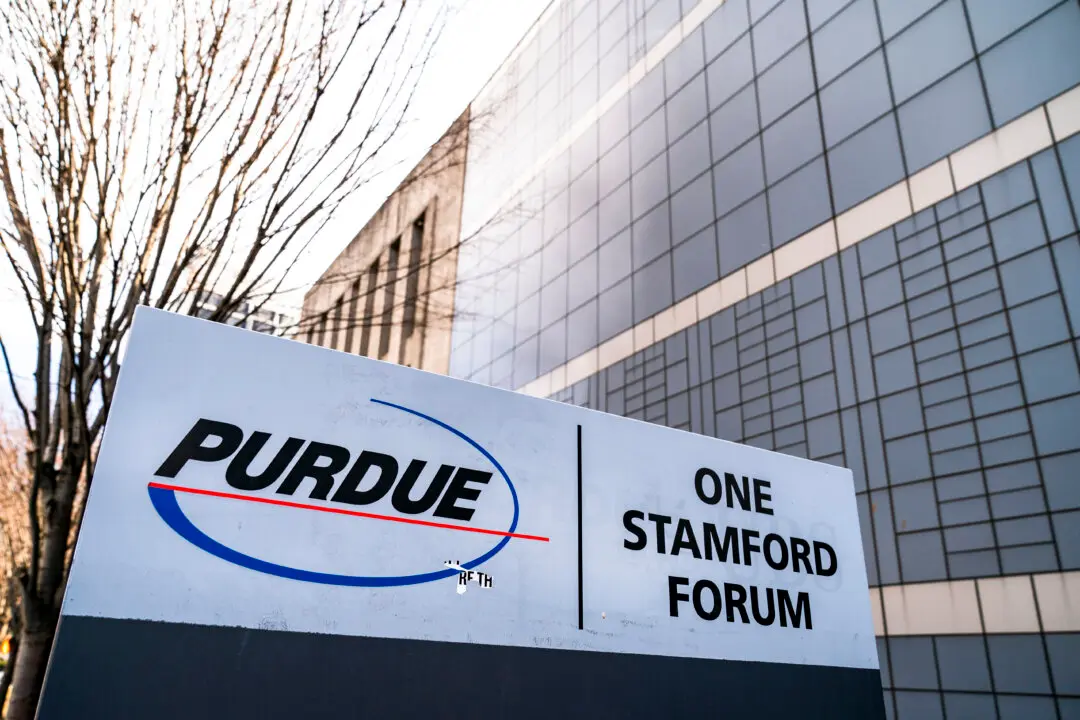Freezing temperatures have presented a challenge to charging stations for electric cars and their batteries.
According to a local report in Chicago, there have been long lines of cars with dead batteries waiting to charge at stations that aren’t working.





